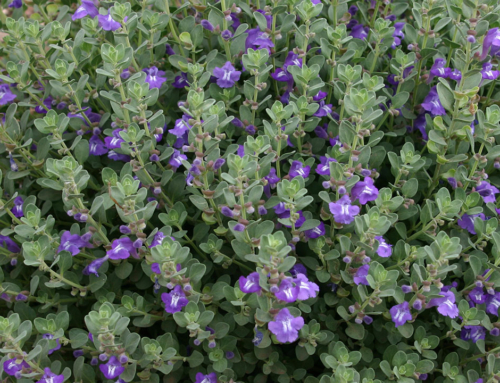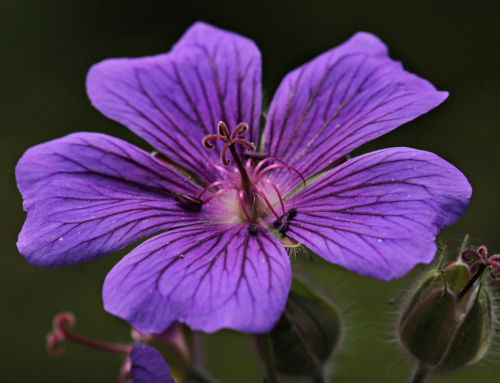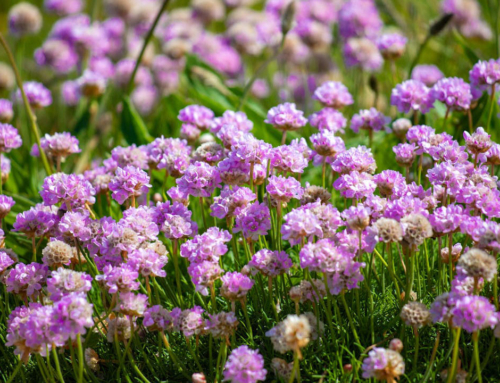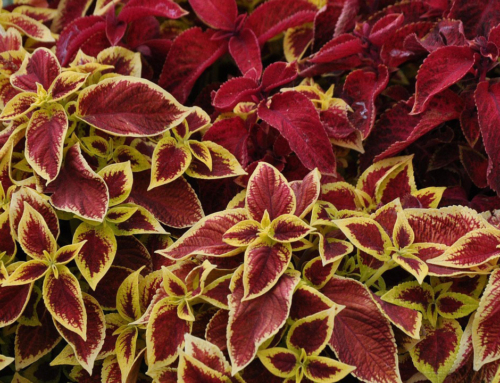By Meleah Maynard, Hennepin County Master Gardener
Grafted tomatoes, especially heirlooms, were really hot this year. Why graft heirlooms? Well, the reasoning is that by grafting the heirlooms we love—Brandywines, Green Zebras, Cherokee Purples, Mortgage Lifters—to a rootstock that’s got, say, great drought tolerance or disease resistance, you get what amounts to a super heirloom.

Tomato grafting in progress.
Credit: Washington State University
The strategy isn’t new. Apple and grape varieties have been produced successfully on desirable rootstock for ages. But this is the first time that home gardeners in the U.S. are really starting to see grafted vegetables, including eggplants, peppers, cucumbers and watermelon, becoming increasingly available at the retail level. Territorial Seed Company, Johnny’s Selected Seeds andWhite Flower Farm are just a few of the places where you’ll find grafted vegetables.
Though I admit that there can be problems with heirlooms tomatoes, I go out of my way to plant them. So I like the idea of making them more viable and widely available. Like a lot of gardeners, I feel strongly about the importance of including heirlooms of all types in the garden and, on the whole, I think heirloom tomatoes taste better than their hybrid peers, which often have tough skins and bland flavor. (Some of my favorite heirlooms are Black Krim, Green Zebra, Stupice and Sweet Million, though I always, always, always plant Sungolds, those out-of-this-world hybrid, yellow cherry tomatoes.)
 Indigo Rose tomatoes were gorgeous, but didn’t taste like much.
Indigo Rose tomatoes were gorgeous, but didn’t taste like much.
 More Indigo Rose.
More Indigo Rose.
Still, I’m always up for trying something new. So I was happy to get a surprise box of grafted tomato seedling samples (some heirlooms, some not) from Mighty ‘Mato early in the season. Having a limited amount of sun to work with, I kept two for myself, an Indigo Rose and a Brandywine, and gave the others to master gardener friends to plant and report back on. During the season, I also talked with more MGs and garden writers who were experimenting with grafted tomatoes. The outcome? Impressions were mixed.
Take Indigo Rose, for example. I had been wanting to try Indigo Rose, which was introduced by Oregon State University in 2012. Their goal was to produce a tomato with high levels of antioxidants. I wanted to grow the tomato because I fell for the weird looking purple-black fruit. I planted both grafted and ungrafted Indigo Rose tomatoes so I could compare the two (and so I could justify planting way too many tomatoes, like I always do).
Sadly, though they both produced an absurd amount of fruit all summer long, I didn’t like either of them, mainly because the tomatoes took FOREVER to ripen and when they finally did, they tasted bland and watery. Also of note was the fact that I honestly noticed no difference between the grafted plants and the ungrafted plants. Most of the gardeners I’ve talked to had similar experiences with Indigo Rose, though I will say that a few thought they were tastier than I did.
 Grafted Indigo Ruby tomatoes got rave reviews from gardeners.
Grafted Indigo Ruby tomatoes got rave reviews from gardeners.
On the plus side, my friend, Deb, loved Mighty ‘Mato’s grafted Indigo Ruby, a cross between Indigo Rose and a cherry tomato. The plant grew well, was free of disease and produced very tasty tomatoes all season. I heard rave reviews from other gardeners, too, though I don’t know how they compared to ungrafted Indigo Ruby.
As for grafted Brandywine tomatoes, by all accounts, including mine, the grafted plants didn’t do as well as the heirlooms usually do on their own. I did hear lots of good things about grafted Legend tomatoes—great taste, good disease resistance and a LOT of tomatoes.
What does all of this mean? Well, at this point, I’m not ready to say that grafted tomatoes aren’t worth the price, which is steep compared to regular tomatoes, hybrids and heirlooms. But I’m not ready to sing their praises either. I’ll plant a couple more varieties next summer and report back on how things go. If you try grafted tomatoes, please let me know about your experiences. I’ll pass that information on so we can all compare notes.




